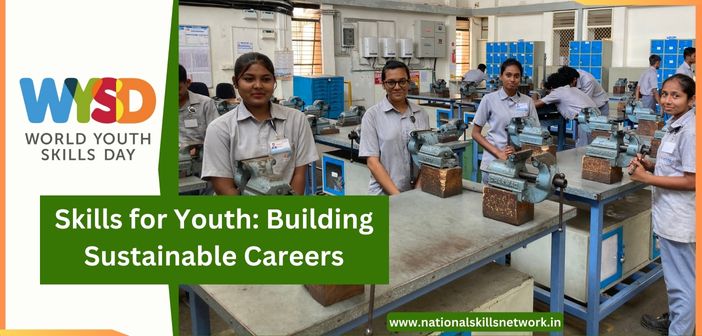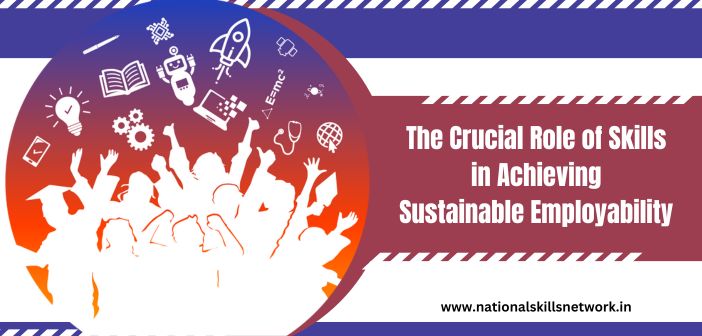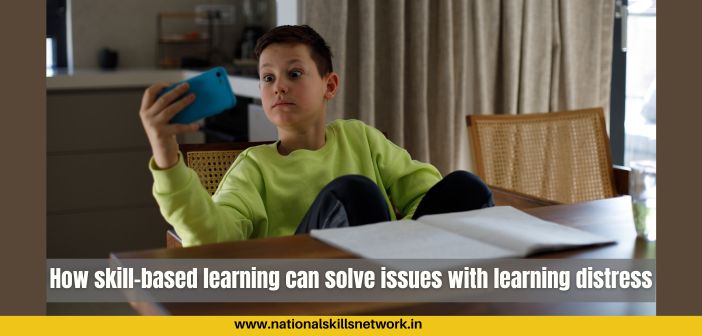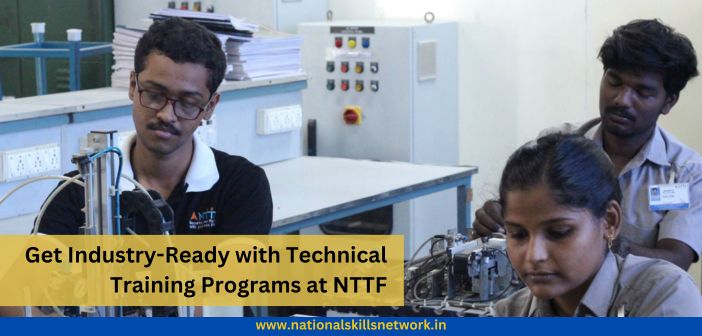The Freudenberg Group in India is committed to advancing India’s socio-economic infrastructure through skills training. The Freudenberg Training Centre in Nagapattinam, Tamil Nadu, has used a sustainable model of skills training and employment to help the region hit by the tsunami for ten years. In this Skill Story, Georg Graf, Regional Representative India, Freudenberg Group, and Indo-German Chamber of Commerce President explains how their initiatives have had a positive impact on the region.
Q: Please tell us about Freudenberg’s dedication to skills education and vocational training in India
A: Freudenberg is a global technology group that strengthens its customers and society over the long-term with forward-looking innovations. Together with its partners, customers and research institutions, we develop leading-edge technologies and excellent products and services for some 40 markets and thousands of applications including seals, vibration control components, technical textiles, filters, specialty chemicals, medical products and the most modern cleaning products.
As a family-owned, values-based company, success for Freudenberg is a financial success as well as fulfilling our responsibility to society. The two goals have been inextricably linked since the company´s founding 170 years ago. The Freudenberg Training Centre in Nagapattinam was intended to do more than immediately relieve the suffering after 2004’s devastating tsunami and provide a more sustainable and long-term solution to benefit society. The centre opened in 2009 when it started to offer Technical and Vocational Education and Training (TVET) courses.
First, we offered the Industrial Training Institute (ITI) certified courses approved by the State Council for Vocational Training (SCVT) and then with approving from the National Council for Vocational Training (NCVT). However, we do more than TVET courses. Our goal was to create a vision for vocational training for young people, let them help themselves while boosting the region’s economy.
We decided to focus on skills development to build community infrastructure. We think it vital to create long-term job opportunities by closing the critical gap between labor availability and employability. Our graduates meet local demand for a skilled workforce and boost the region’s economy. Besides offering technical training in various trades, we also provide English language teaching and life skills training at a world-class campus in Nagapattinam.
 Q: How is the training program designed and what skills are imparted along with technical skills?
Q: How is the training program designed and what skills are imparted along with technical skills?
A: We have the capacity to train 200 students. We provide vocational training for welders, fitters, machinists, motor mechanics and electricians. Seeing how the electrician trade attracts many female students is interesting and creates greater gender diversity. So far, we have successfully trained 700 young people, using the German dual model that covers theoretical and practical training for one or two years.
We also focus on English language skills. We believe that English will prepare students for placements in Multi-National Companies (MNCs). English is just as important as technical and IT skills. We also realized we needed to teach students life skills to prepare them for the adult working world. These life skills include critical thinking, decision-making, effective communication and developing healthy relationships, as well as a positive attitude. We help young people be more competent, which can help in interviews, ineffective communication and mastering their jobs.

Q: How do you view the evolving vocational and skills training ecosystem in India?
A: We want to add new trades to meet industrial demand for certain skillsets. We are also promoting diversity at our training centre, by including more women. Having been in India for 12 years, I see India’s struggles with vocational education are like those in many other countries. Vocational training is greatly respected in many European countries, such as Germany, where many young people skip university to start their careers in the industry right after school. They often start as apprentices and later study engineering.
In India, many for-profit and non-profit schools use Germany’s dual training model; some are also backed by the Indo-German Chamber of Commerce. Nevertheless, I see some roll-out bottlenecks ahead as we lack the required infrastructure and industrial commitment to succeed. A lack of skilled vocational teachers is also a hurdle. We need teachers who have spent time in private companies with experience on the shop floor.
The holder of a vocational diploma is often more successful than an engineer. I hear this and think it true, society will value skilled workers more highly. Moreover, Indian degrees should also be accepted around the world.
During her recent visit to India, I met with German Chancellor, Angela Merkel and she told me about how Germany is making it easier to get vocational training and relaxing German labor laws. Skills development is close to her heart and why not? Vocational education was a key success factor in rebuilding the German economy after World War II.
Q: What jobs are available to Freudenberg Training Centre graduates? Where do they work?
A: Thanks to the automotive industry in and around Chennai, many have secured good jobs in companies like Hyundai and TVS. A few have started their own companies, creating jobs for others. Recently, 50 students worked at our Freudenberg Sealing Technologies (FST) plant in Chandigarh and then returned to the FST plant in Chennai to work in our new factory. We have 3000 employees in India. Our aim was not to create multiple training centers but to support the region’s development and improve people’s lives.
We can share ‘know-how’, but we also need to ‘show-how’. Education is not a one-way street; it is give and take between the student, the teacher and the environment, it is long-term, and it is about sustainability. There is a huge talent pool in India with more than 600 million young people below the age of 25. And with all the buzz about Industry 4.0 giving rise to the age of Asia, India’s skilled workforce will attract global attention.












